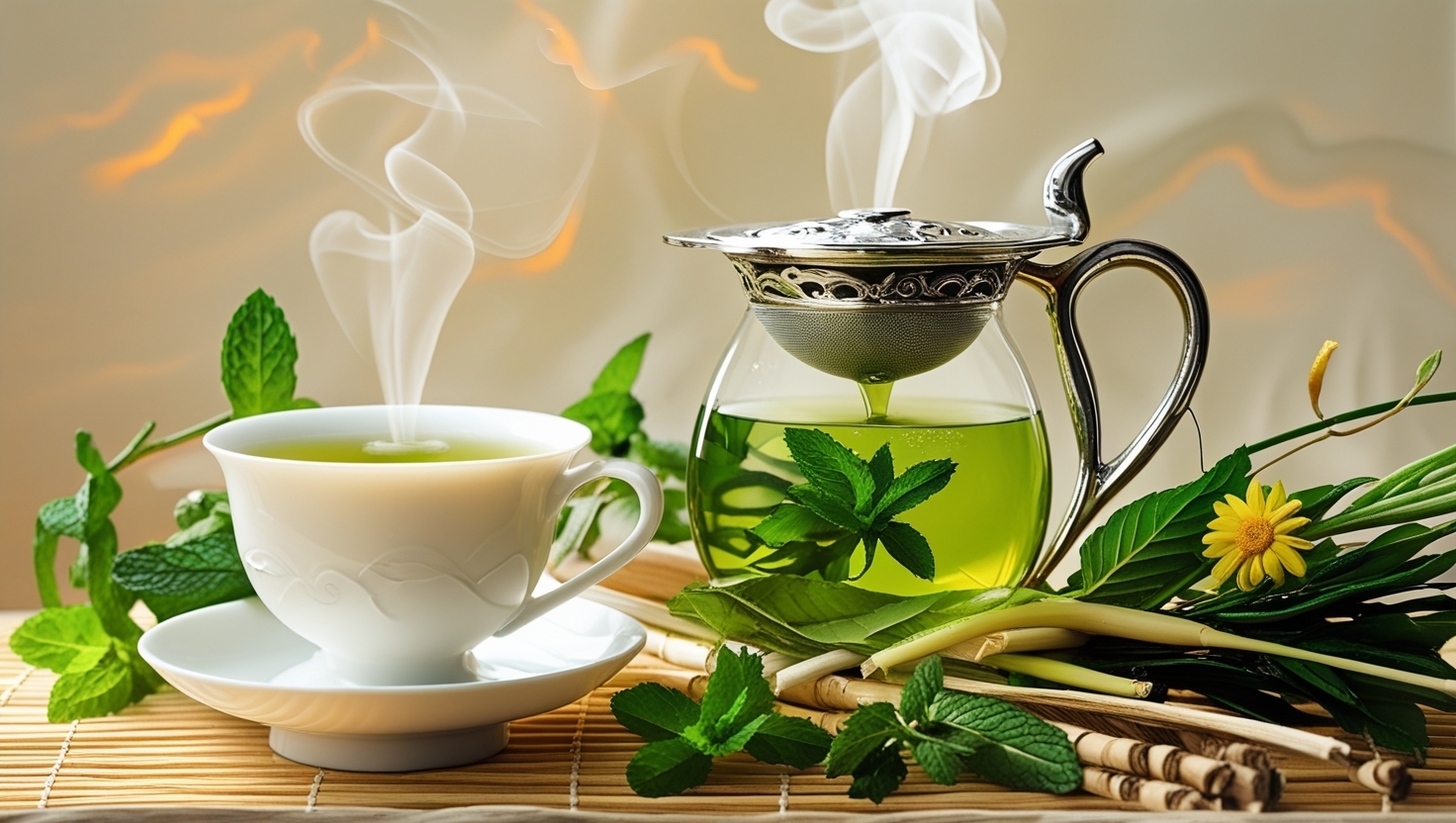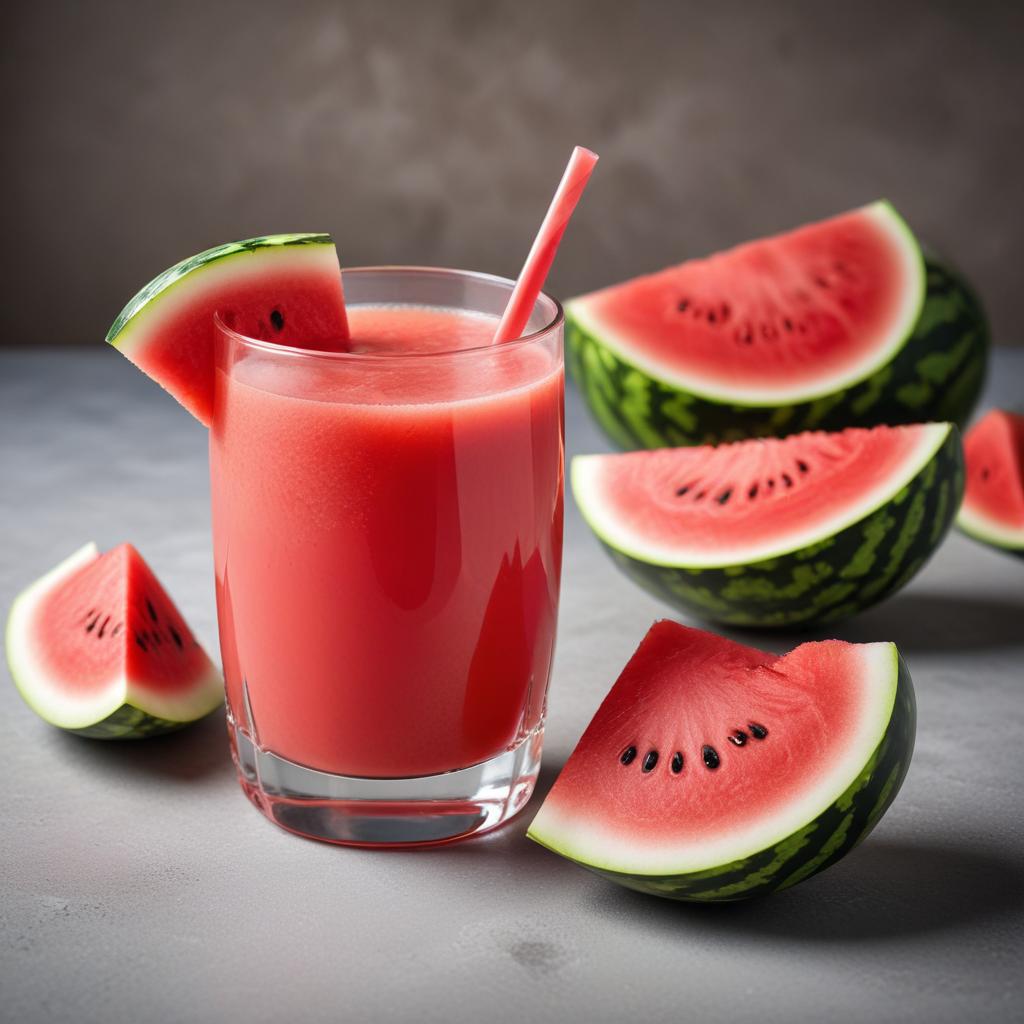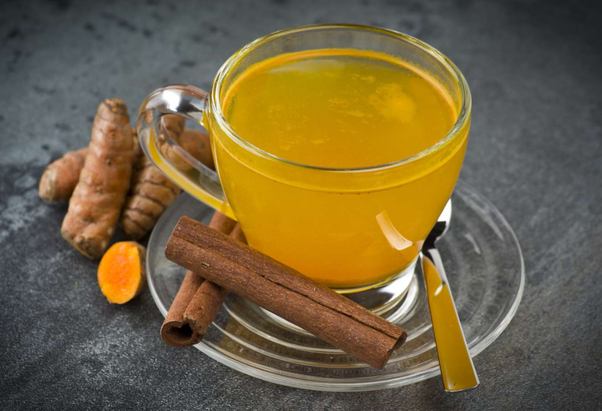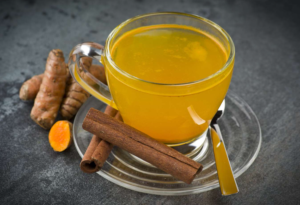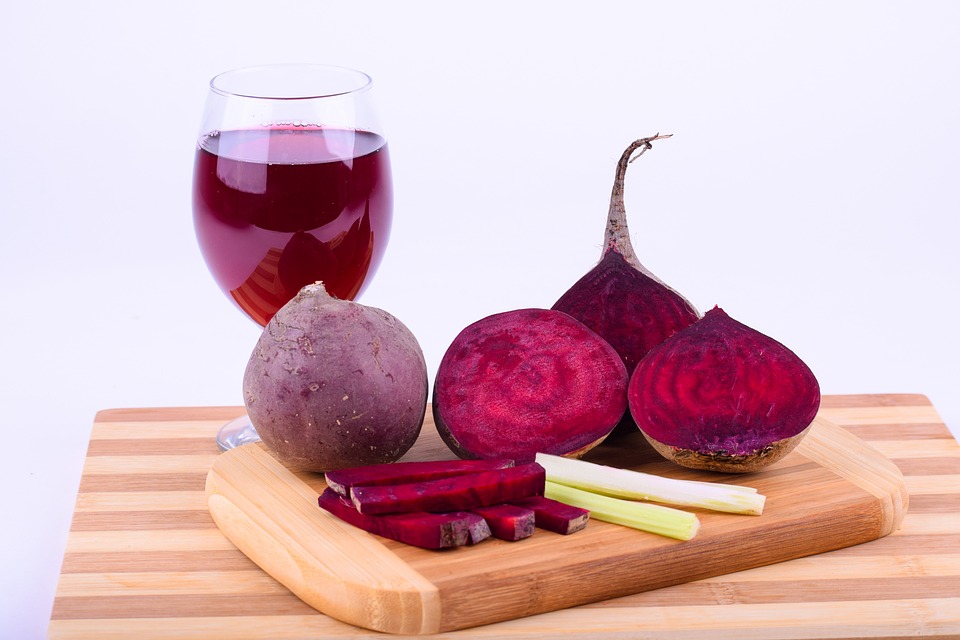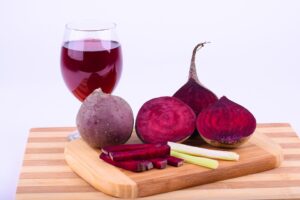Is Green Tea Good for Health? A Deep Dive into Its Benefits and Uses
Green tea, often hailed as one of the healthiest beverages, has gained significant popularity worldwide due to its myriad of potential health benefits. For centuries, it has been consumed in various parts of the world, especially in East Asia, where it is regarded as an elixir of longevity and well-being. With its delicate taste and numerous health benefits, green tea has earned its place in the hearts of health-conscious individuals. But, is green tea truly good for health? Let’s explore its benefits, uses, and some potential drawbacks in this comprehensive guide.

What is Green Tea? and Is Green Tea Good for Health?
Green tea is made from the leaves of the Camellia sinensis plant, just like black and oolong teas. The key difference lies in the processing method. Green tea leaves undergo minimal oxidation during processing, which helps preserve their natural green color and many of the beneficial compounds found within the leaves. The leaves are either steamed or pan-fried to prevent fermentation, which keeps the delicate polyphenols, antioxidants, and other nutrients intact.
The Health Benefits of Green Tea
1. Packed with Antioxidants:
Green tea is rich in antioxidants, specifically catechins, which are natural compounds known for their ability to fight oxidative stress in the body. One of the most powerful catechins in green tea is epigallocatechin gallate (EGCG), a compound that has been linked to numerous health benefits, including anti-inflammatory and anticancer properties. The antioxidants in green tea help neutralize free radicals in the body, which may reduce the risk of chronic diseases such as heart disease and cancer.
2. Promotes Weight Loss:
One of the most popular uses of green tea is its role in supporting weight loss. Several studies suggest that the catechins in green tea, particularly EGCG, can help increase fat burning, especially during exercise. These compounds help boost metabolism, increase fat oxidation, and improve insulin sensitivity, all of which contribute to weight management. Drinking green tea regularly, alongside a balanced diet and regular physical activity, may help support weight loss efforts.
3. Boosts Brain Function:
Green tea contains a moderate amount of caffeine, which can help improve brain function. Caffeine, a natural stimulant, is known to enhance alertness, focus, and concentration. Unlike coffee, which often causes jitters due to its high caffeine content, green tea provides a more balanced energy boost. It also contains L-theanine, an amino acid that promotes relaxation and reduces anxiety, making the caffeine in green tea more effective in enhancing cognitive function without the negative side effects often associated with coffee.
4. Supports Heart Health:
Drinking green tea regularly may contribute to better heart health. Studies have shown that green tea can help lower LDL cholesterol levels, reduce blood pressure, and improve arterial function. The antioxidants in green tea help relax blood vessels and improve circulation, which may reduce the risk of developing cardiovascular diseases. Additionally, green tea’s anti-inflammatory properties can help prevent the buildup of plaque in arteries, further protecting against heart disease.
5. Aids in Digestion:
Green tea has been traditionally used to improve digestion. Its anti-inflammatory and antibacterial properties can soothe the digestive system, helping to relieve symptoms such as bloating, indigestion, and acid reflux. Green tea may also support the growth of good gut bacteria, which is essential for overall digestive health. Regular consumption can promote healthy digestion and contribute to the body’s detoxification process.
6. Enhances Skin Health:
Green tea’s antioxidants, particularly polyphenols, can also benefit the skin. These compounds help protect the skin from the harmful effects of UV radiation and prevent premature aging. Green tea’s anti-inflammatory properties can help reduce skin irritation, redness, and acne. Drinking green tea regularly or applying it topically can promote clear, youthful-looking skin. Some studies have even shown that green tea extract can reduce the severity of skin conditions like psoriasis and eczema.
7. May Reduce the Risk of Type 2 Diabetes:
Some studies suggest that regular consumption of green tea may reduce the risk of developing type 2 diabetes. The catechins in green tea may help regulate blood sugar levels and improve insulin sensitivity, reducing the chances of developing insulin resistance. While green tea alone cannot prevent diabetes, it may serve as a helpful part of a healthy lifestyle that includes a balanced diet and regular exercise.
8. Boosts Immune System:
Green tea has been shown to have immune-boosting properties. The polyphenols in green tea can help fight off infections and support the body’s natural defense mechanisms. Green tea also contains compounds that may help strengthen the immune system, preventing the onset of colds and flu. Drinking green tea regularly may help keep your immune system strong, especially during colder months.
Potential Side Effects of Green Tea
While green tea is generally considered safe for most people when consumed in moderate amounts, it is important to note that it can have some potential side effects, especially if consumed in excess.
1. Caffeine Sensitivity:
While green tea contains less caffeine than coffee, it can still cause side effects in individuals who are sensitive to caffeine. Too much caffeine can lead to symptoms like insomnia, jitteriness, headaches, and increased heart rate. If you are particularly sensitive to caffeine, it’s best to limit your green tea intake or opt for decaffeinated varieties.
2. Stomach Irritation:
Green tea, especially on an empty stomach, can cause digestive discomfort in some individuals. The tannins in green tea may increase stomach acid, leading to nausea or upset stomach. If you experience any discomfort, it may help to drink green tea with food or switch to a milder tea.
3. Interaction with Medications:
Green tea can interact with certain medications, including blood thinners, stimulants, and medications for blood pressure. It is important to consult with a healthcare professional if you are on any medications to ensure that green tea won’t interfere with their effectiveness or cause any adverse reactions.
4. Iron Absorption:
The tannins in green tea can inhibit the absorption of non-heme iron from plant-based foods. This can potentially lead to iron deficiency, especially in individuals who follow a vegetarian or vegan diet. To avoid this, it’s advisable to drink green tea between meals rather than with meals, particularly if you have concerns about iron absorption.
Conclusion
So, is green tea good for health? Absolutely! Green tea offers a wide range of health benefits, from boosting metabolism and supporting heart health to enhancing brain function and promoting skin health. It’s packed with antioxidants, supports digestion, and may even reduce the risk of chronic diseases like type 2 diabetes and cancer. However, like all things, moderation is key, as excessive consumption of green tea can lead to some unwanted side effects, such as digestive discomfort or caffeine sensitivity.
Incorporating green tea into your daily routine can be a simple yet effective way to support overall well-being. Whether you enjoy it hot or cold, plain or flavored, green tea can provide a wealth of benefits when consumed as part of a balanced lifestyle.
As always, it’s essential to consult a healthcare professional if you have any concerns or if you’re considering green tea as part of a treatment plan for a specific condition. Drink up and enjoy the many health benefits of green tea!
1. Can drinking green tea help with weight loss?
Yes, green tea may assist in weight loss. It contains antioxidants, particularly catechins like EGCG, which are believed to boost metabolism and increase fat burning, especially during physical activity. While drinking green tea alone is unlikely to cause significant weight loss, it can support a healthy weight management plan when combined with a balanced diet and regular exercise.
2. Is it safe to drink green tea every day?
For most people, drinking green tea every day is safe. In fact, many health experts recommend consuming 2-3 cups a day to reap its health benefits, such as improved heart health, better digestion, and enhanced brain function. However, excessive intake (more than 5-6 cups per day) may lead to side effects like stomach irritation, headaches, or insomnia due to its caffeine content. Moderation is key.
3. Can green tea help lower blood pressure?
Yes, several studies suggest that drinking green tea regularly can help lower blood pressure. The antioxidants and catechins in green tea may promote better blood flow and reduce the risk of developing high blood pressure, a risk factor for heart disease. However, it’s important to remember that green tea should be part of a balanced diet and healthy lifestyle for the best results.
4. Does green tea prevent cancer?
While there is no definitive cure for cancer, some studies indicate that the antioxidants in green tea, particularly EGCG, may have protective effects against certain types of cancer by neutralizing free radicals and reducing inflammation. However, more research is needed to fully understand the potential cancer-preventing properties of green tea. It should not be seen as a substitute for cancer prevention or treatment.
5. Can green tea improve skin health?
Yes, green tea can help improve skin health due to its anti-inflammatory and antioxidant properties. The polyphenols in green tea help protect the skin from UV damage, reduce the appearance of acne, and may slow down signs of aging. Applying green tea topically or drinking it regularly can help maintain healthy, youthful skin. However, it’s important to note that results may vary based on individual skin types and conditions.
Thank you for reading our comprehensive guide to Discover the How can turmeric tea positively impact your well-being?
and its regional variations! We hope you found valuable insights into it.
If you’re interested in exploring more about healthy eating and lifestyle tips, feel free to check out our latest blog on Is Ghee Healthier Than Butter?
Stay tuned for more informative content and don’t forget to subscribe to our newsletter for updates on future articles.

